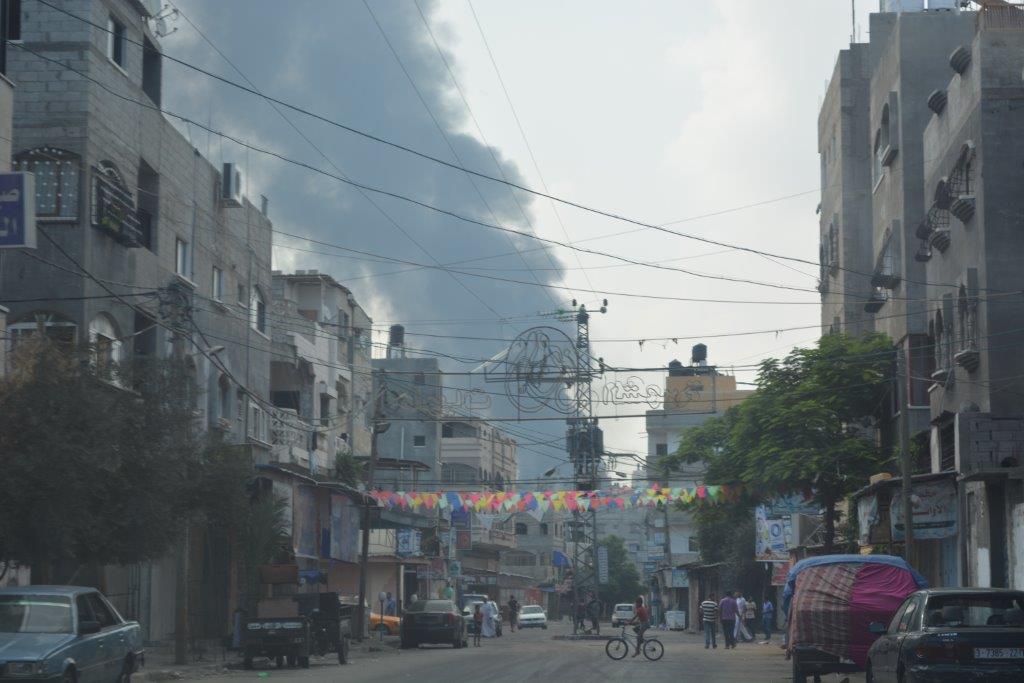Tag: Al Awda hospital
-

Where will they go?
22nd July 2014 | Charlie Andreasson | Gaza, Occupied Palestine The attack has been going on for over two weeks. I was awakened early this morning by explosions that were so close that they shook the house. Then came a phone call, telling me that there was an apartment building nearby, where a woman from New…
-
Jan 5 night shift / UNRWA refugee schools attacked
By Sharon in Gaza talestotell.wordpress.com Evacuated after multiple rocket hits destroyed their home 8pm: I am due at Al Quds hospital for a Red Crescent shift at 8pm, but as I am finishing up writing with the seaside apartment’s generated electricity, the strangest noise arrives from the sea. It is a whooshing sound like a…
-
23 hours in Jabaliya
By Sharon in Gaza talestotell.wordpress.com January 4, 6pm – January 5, 5pm 6pm: To Al Awda hospital, run by the Union of Health Work Committees. It normally has a 50 bed capacity but has been stretched to 75. E and Mo interview Ala’a, the medic from Jabalia RC who was injured when Arafa was killed…
